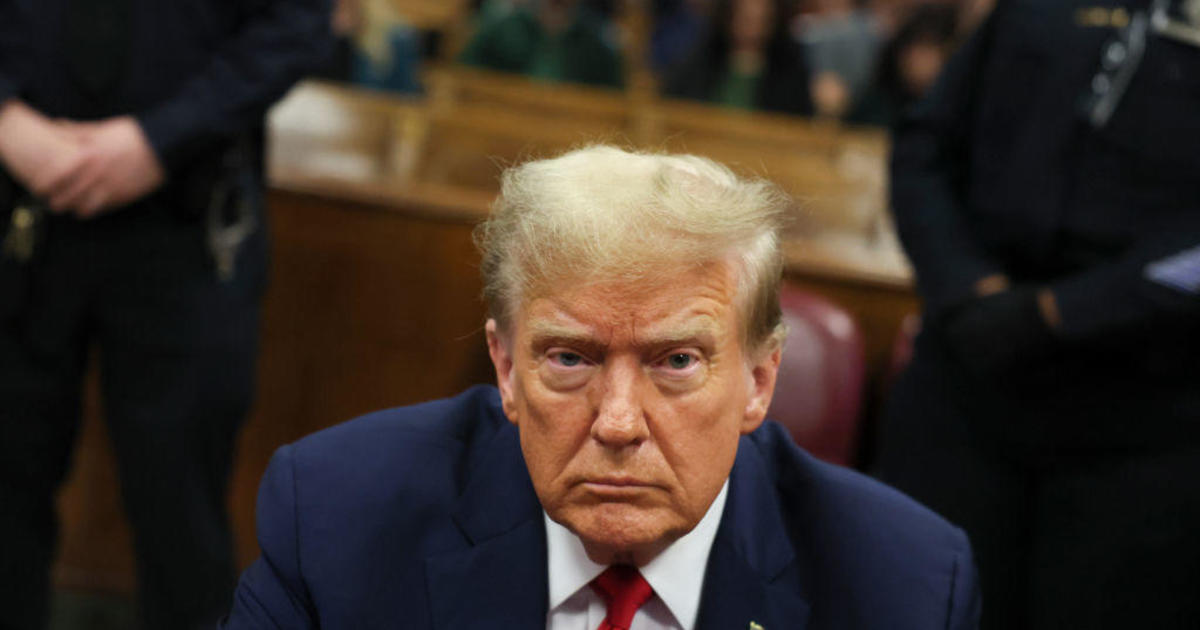"Volfefe index" tracks market impact of Trump's tweets
President Donald Trump has made it clear to 64 million Twitter followers that he believes the U.S. stock market would be in far better shape if only the Federal Reserve would do his bidding and further lower interest rates. Yet the president himself regularly moves financial markets without any assist from the Fed when he takes to social media.
So say analysts at JPMorgan Chase, who've created an index to quantify the market impact of having such a prolific presidential presence on Twitter. Dubbed the "Volfefe Index," a tongue-in-cheek reference to Mr. Trump's since-deleted "covfefe" tweet from 2017, the gauge indicates that the president's tweets have a statistically significant effect on Treasury yields.
The White House is increasingly focused on trade and monetary policy, and "everything from casual sentiments to seemingly formal policy intentions have been disseminated, globally and instantaneously, via this carefully scrutinized social media platform," JPMorgan Chase fixed-income strategists Munier Salem, Josh Younger and Henry St John wrote Friday in a note to clients.
"A broad swath of assets from single-name stocks to macro products have found their price dynamics increasingly beholden to a handful of tweets from the commander in chief," the bond market strategists concluded.
The president has produced more than 10,000 tweets since taking office, and the count of market-moving missives has increased in recent weeks, averaging more than 20 tweets and retweets per day, up from five in early 2017, the JPMorgan Chase analysts found.
More tweeting by Mr. Trump means more opportunities for tweets that move markets, although only some of them actually do. The ones that have the biggest sway on the market focus on trade and the Federal Reserve, and J.P. Morgan says they often include the words "China," ''billion" and "great."
The Volfefe Index tracks how much Treasury yields rise or fall within five minutes after a tweet by Mr. Trump. It then gauges the odds of a given tweet moving the market based on the increased volatility in yields seen after his prior tweets.
Mr. Trump's tweets often hit the market around lunchtime on the East Coast and can cause a lot of indigestion. Consider August 1, when Trump sent out a tweet at 1:26 p.m. Eastern Time announcing he'd extend tariffs across virtually all Chinese imports.
The tweet shocked markets, and fear climbed that the worsening trade war may knock the economy into another recession. Prices for everything from Treasurys to stocks to gold screeched into a U-turn immediately following the announcement.
Stocks have largely been churning in place since then. Despite several days where the S&P 500 lost more than 2.5%, the benchmark U.S. stock index remains only 1.5% below its record set in late July. The S&P 500 also remains well above where it was before Mr. Trump's 2016 election, up nearly 40%.
But the bond market has been knocked further off course. Treasury yields fall when investors are worried about a weak economy and inflation, and the yield on the 10-year Treasury has dropped to 1.61% from 1.94% moments before the August 1 tweet.
The yield on the 10-year Treasury sank as low as 1.42% last week, its lowest level since before Mr. Trump's 2016 election jolted yields and stock prices higher.
—The Associated Press contributed to this report.



